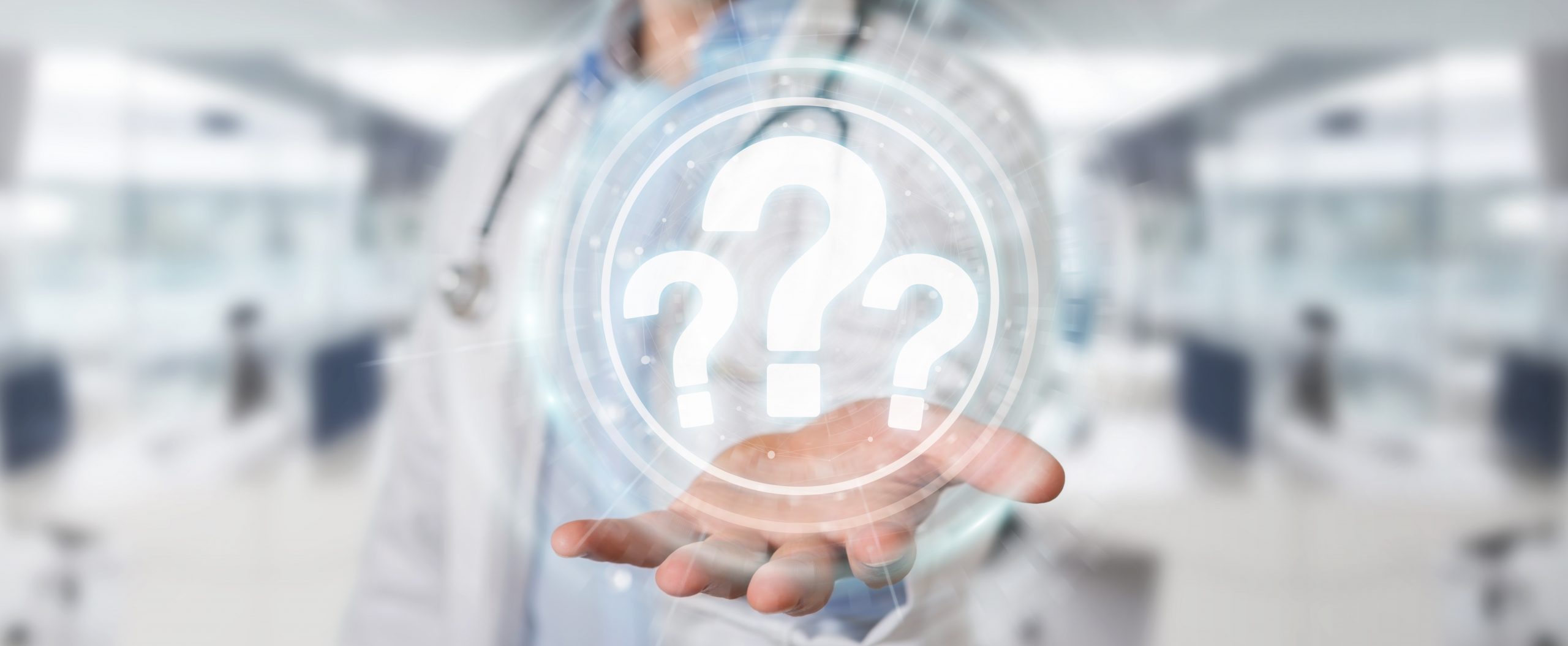
When scoping business strategy, operations planning, and performance improvement projects, the first question I ask prospective clients is simple – where’s the data? Not just any data, but good data; well-structured, complete data. Unfortunately, the most common response is, “Well, there is no data…” followed closely by, “Here’s the data, but it’s no good. We don’t trust it”. For an increasing number of healthcare organizations interested in advanced quantitative services, like discrete event simulation and machine learning, access to data is a momentous challenge.
Recently, a forward-thinking client asked a great question about data gathering in the context of facility planning. They asked, “What type(s) of data gathering technology should be put in place to enable real-time optimization and performance improvement within facilities of the future?” The ensuing dialogue got me thinking about pros and cons of various data collection methods, in the context of medical operations and patient flow, and the effect of each on an organizations ability to use analytic methods to improve operations and outcomes in the future.
Time Studies
Old faithful. I fondly remember chasing fork truck drivers on a big, yellow tricycle conducting time studies in the warehouse where I worked as a co-op student. There is nothing fancy about standing in a clinic with a wristwatch, pen, and paper collecting data. Okay, fine. Who am I kidding? We’re probably standing in the clinic with our smart phone or tablet, but the idea is the same. Time studies are reliable, require no infrastructure, and get the job done. However, they are slow, have narrow scope, and are labor intensive. Furthermore, observers must be properly trained and collect sufficient data for the study to be statistically sound, which in my experience is too often over looked by non-engineers.
Electronic Records
In theory, timestamps hidden within the electronic medical record (EMR) unlock a myriad of data modeling possibilities. However, I’ve found it to be limiting in some settings. In my experience, timestamp data is most useful in settings where underlying processes are somewhat structured, like the perioperative department or in a clinic. In chaotic environments like that found in the emergency department, data is muddled and hard to interpret. Moreover, the EMR is most often configured according to clinical and documentation workflows, which rarely align with processes we intend to measure. That said, you cannot beat the price; EMR data is basically free to use and easily accessed. But remember, you get what you pay for!
RTLS / RFID
Real time location systems (RTLS) are an increasingly common form of radio frequency identification (RFID) technology found in healthcare facilities. While such systems allow for real time, or near-real time, tracking of patients, staff, and visitors, most installs I’ve encountered are rather limited in their use – for now. Most who adopt this technology could do more to maximize value and strengthen return on investment. At St.Onge, we’ve found data generated by these systems to be invaluable to patient flow and operations planning initiatives. In fact, the data is so promising that we installed a RTLS in our headquarters in York, PA for R&D. Unfortunately, there are barriers to widespread use. Not only are systems relatively expensive, but there is resistance from many organizations to tag patients, staff, and visitors due to privacy concerns. That said, use of RTLS data for real-time optimization and performance improvement within healthcare facilities might be key to unlocking a favorable ROI and easing privacy concerns.
Emerging Technology
Why purchase and deploy hardware when nearly every individual who crosses the threshold of your facility carries his or her very own GPS beacon? Looking into my crystal ball, I see smart phones playing a greater role in data gathering within healthcare facilities. Many hospitals have released apps to assist with wayfinding and it seems an optimized visit to your physician is a rather natural extension of such platforms. Furthermore, I expect a flood of affordable tracking technology come to market given demand for contact tracing in the wake of the COVID-19 pandemic. Privacy will certainly remain a concern; however, it’s possible that with attractive incentives – like the promise of seeing a physician quickly – consumers will accept some level of tracking.
In our post-pandemic world, I expect to witness, and be a part of, seismic shifts in our nation’s healthcare landscape. I anticipate this rapidly evolving backdrop will only increase interest in application of advanced quantitative techniques to healthcare strategy, operations planning, and performance improvement initiatives; reliance on high quality data will surge. Therefore, it is critically important we keep one, simple question in mind – where’s the data?
Derrick Bransby, MBA, senior manager of healthcare operations strategy and analytics at St. Onge Company, specializes in application of industrial and systems engineering to healthcare systems in areas such as flow, scheduling, and capacity planning.
Like this article? Subscribe to our blogs: